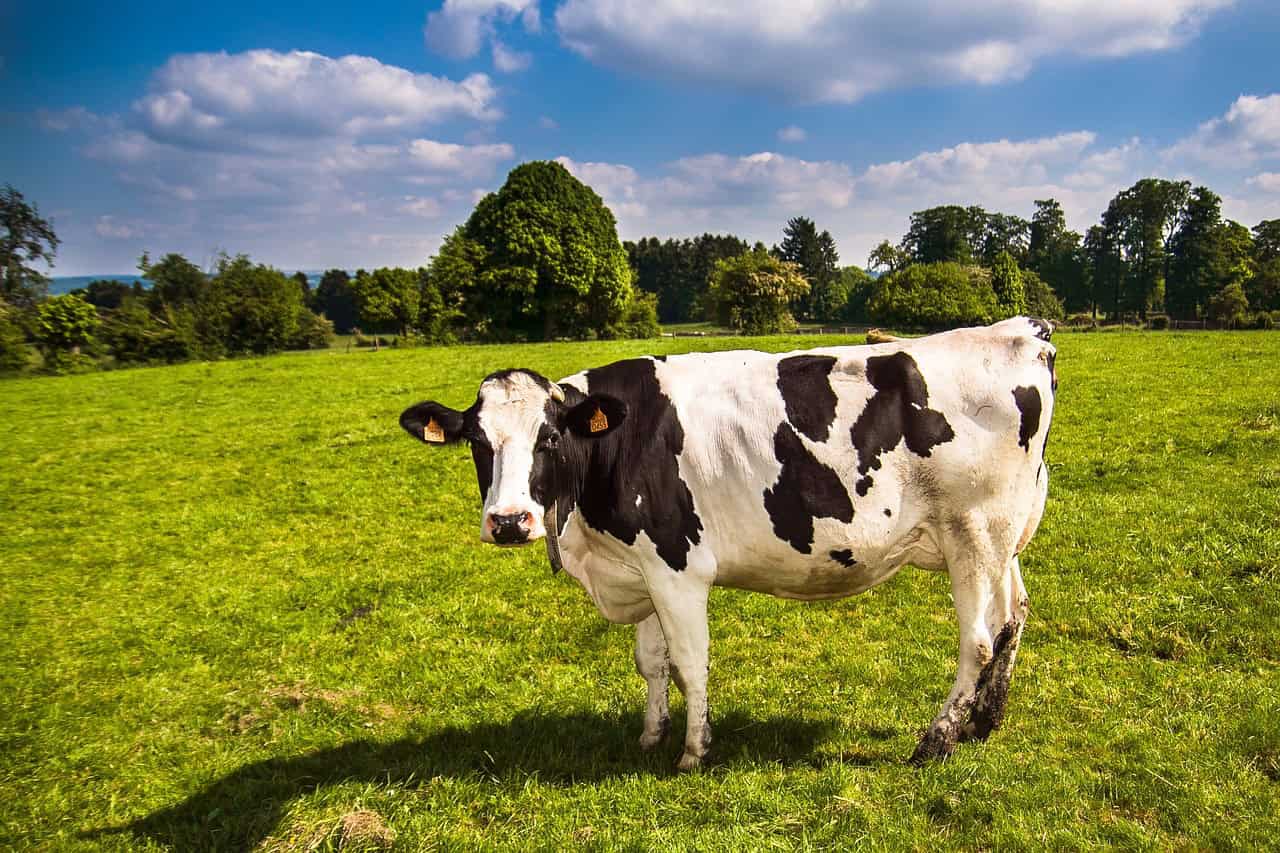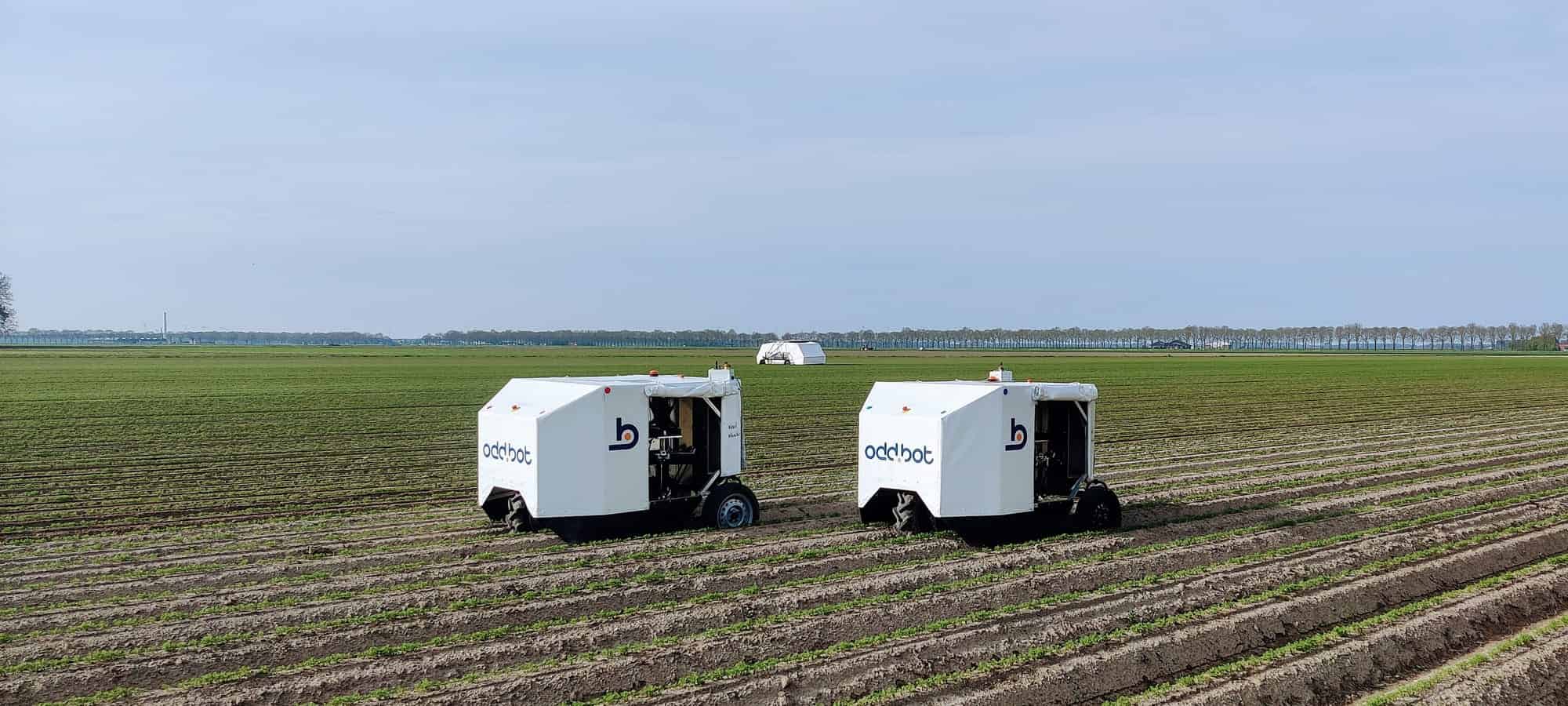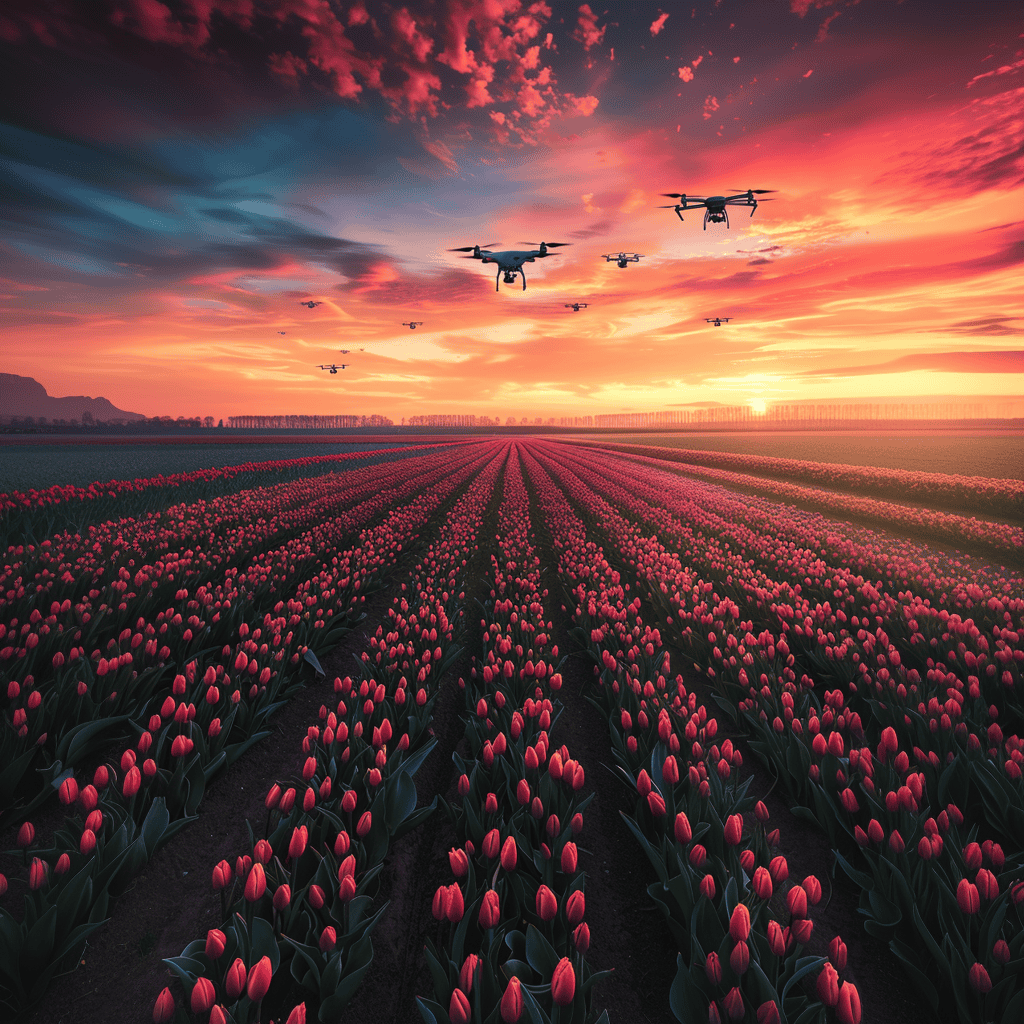
Organic farming is flourishing in Europe, but the Netherlands must catch up at 4% of total farming activities. In Austria, Estonia, and Sweden, it exceeds 20%, Eurostat’s latest figures show. Innovations such as the toxin-free, AI-powered ‘Weed Whacker’ robot show the potential of technological advances in the sector. However, Dutch farmers need more domestic demand and more financing options.
Stagnation in organic farming growth
In contrast to the booming organic sector in many European countries, the Netherlands must catch up with an organic acreage of only 4.5%. This is in stark contrast to leading countries such as Austria (27%), Estonia (23%) and Sweden (20%). The growth of organic farmland in the Netherlands, although showing a slight increase to 80,900 hectares by 2023, lags significantly behind the European trend.
There are several reasons for this slow growth. Domestic demand for organic products in the Netherlands is low, directly affecting the expansion of organic acreage. Dutch farmers, in particular, face significant obstacles such as a lack of financial support from banks and a government that is not active enough in directing the expansion of the organic sector.
Health benefits of organic products
Research by Wageningen University & Research (WUR) highlights the health benefits that organic products can offer. For example, pesticide concentrations in the blood and feces of organic farmers are significantly lower. In addition, organic fruits and vegetables typically contain higher levels of antioxidants and vitamin C and less cadmium. Scientists are concerned about health damage from exposure to conventional pesticides.
Innovation as key to growth
Technological advances are paving the way for the expansion of organic farming, offering a promising future. One such innovation is the “Weed Whacker,” a robot that weeds using artificial intelligence. Developed by Odd.Bot, this robot is a testament to the power of innovation in agriculture. It can significantly reduce the need for chemical pesticides, contributing to biodiversity and the environment, and heralding a new era of sustainable farming.
The Weed Whacker can weed up to 0.8 acres of land daily, which is significantly more efficient than manual weed removal. Odd.Bot is partnering with WUR and has received financial support from various sources, including crowdfunding and private investors. Innovations like this can reduce costs for farmers and contribute to the shift to a more sustainable practice.

Finishing of toxic pesticides
Drones and AI can also eliminate toxic pesticides. Unmanned Valley, together with partners, is using drones and smart AI algorithms to identify diseased tulips and hyacinths. Farmers no longer have to overspray their entire fields with pesticides.
“We send a drone with a camera into the field, collect data, then have AI analyze the data and can then determine exactly: this plant is not healthy, and this one is,” community manager Dietmar Lander previously told IO. The model is specifically trained to recognize botrytis (a fungus) in tulips and hyacinths. It is anticipated that – with some relatively minor modifications – other diseases can also be detected in other crops, opening up a world of possibilities for the future of farming. The test fields over which the drones flew – one of the fields contains more than a million hyacinths – are in the Dune and Flowerbulb Region.

Challenges for the future
The Dutch government has set the goal of having 15% of the total agricultural area organic by 2030. To achieve this, an annual increase of 26,000 hectares is required. According to the weekly magazine Nieuwe Oogst, this goal seems unachievable given the current rate of growth and the various challenges facing the sector.
Another hurdle is the high exit costs for farmers switching to organic production. By 2023, for example, more than 5,300 acres of certified organic farmland disappeared due to abandonment or rezoning. This unprecedented loss highlights the need for more support and incentives from government and financial institutions.

